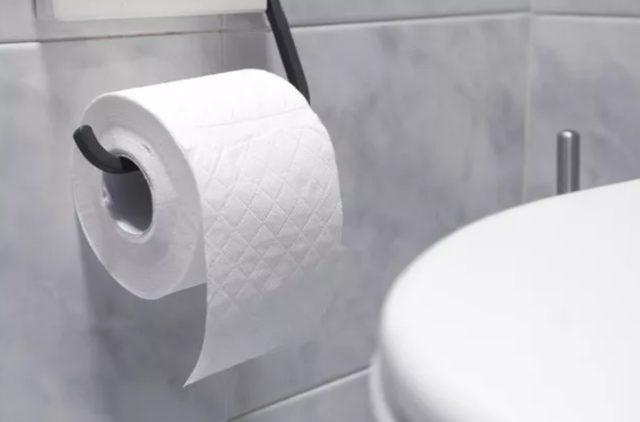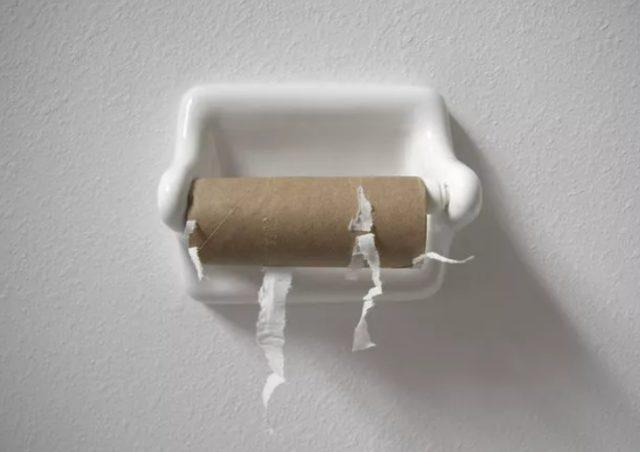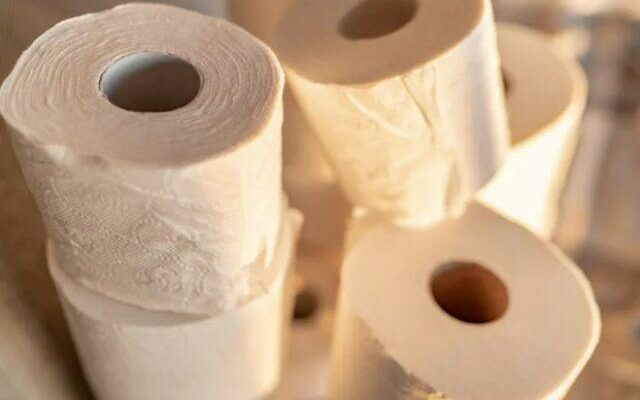Although toilet paper is among the products that make our lives easier and provide more hygienic conditions, it can cause risky situations in terms of health. Toilet paper contains potentially carcinogenic chemicals, according to a new study. Researchers from the University of Florida found evidence of the chemicals in toilet paper sold around the world and in sewage sludge samples from eight wastewater treatment plants in Florida.
PFAS – or per- and polyfluoroalkyl substances – are synthetic chemicals that have been linked to testicular and kidney cancers dating back thousands of years. Some manufacturers add PFAS when pulping the wood and the chemicals remain in the final paper product. But this isn’t the first time PFAS has been detected in toilet paper. Last year, scientists found high levels of fluorine in four major brands.
SEEN IN THE SAME CHEMICAL SEWAGE
Lead author of the study, Dr. Timothy Townsend said: “Seeing this particular chemical that we’ve seen before in sewage sludge also showing up in toilet paper shows that this is another source we should definitely consider.’

THE DISEASES CAUSED BY Counting
When toilet paper flushes, chemicals leak into the sewer system forever. In addition to certain cancers, PFAS has been associated with numerous other conditions, including liver failure, thyroid disease, asthma, and decreased fertility.
PFAS IS NOT ONLY ON TOILET PAPER
PFAS is most commonly found in cosmetics and other personal care products, stain-resistant coatings for carpets and upholstery, pesticides, and fire-fighting foams.

Environmental engineering expert at the University of Florida, Dr. The Florida research team, led by Townsend, collected toilet paper rolls sold in North, South, and Central America; Africa; and sewage sludge samples collected from Western European and US wastewater treatment plants. They then extracted PFAS from paper and sewage solids and analyzed them for 34 chemical compounds. The most common among these was a chemical known as substituted polyfluoroalkyl phosphates (diPAPs), which are precursors capable of converting to other, more carcinogenic PFAS.

“Our results suggest that toilet paper should be viewed as a potentially important source of PFAS entering wastewater treatment systems,” the researchers said. The researchers then combined their results with data from other studies measuring PFAS levels in sewage and per capita toilet paper use in various countries. They concluded that toilet paper contributes to about four percent of diPAPs in the United States and Canada, 35 percent in Sweden and 89 percent in France.
ENTERS WASTE WATER IN VARIOUS WAYS
The study said: ‘Despite the fact that North Americans use more toilet paper than people in many other countries, the calculated percentages show that the majority of PFAS enters US wastewater systems from cosmetics, textiles, food packaging or other sources.
THIS CHEMICAL HAS BEEN USED FOR YEARS
Their findings were published Tuesday in the journal Environmental Science and Technology Letters. The relatively low numbers in the US can be attributed to other sources of PFAS in wastewater, such as cleaners and household cleaners that seep directly into wastewater systems. PFAS is a class of approximately 12,000 man-made chemicals that have been used in industrial and consumer products worldwide since the 1940s, especially for making products that are heat, water and stain resistant.
